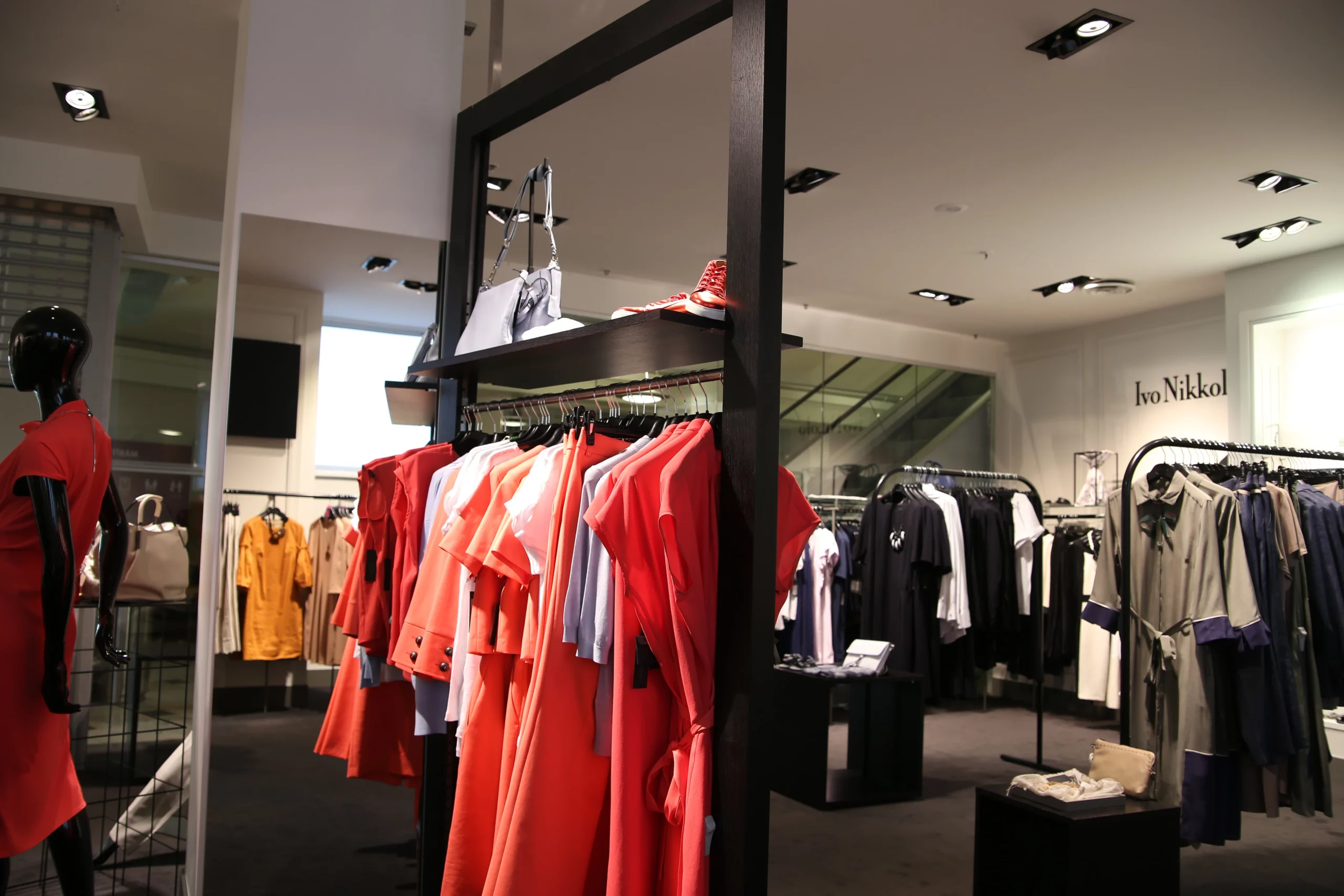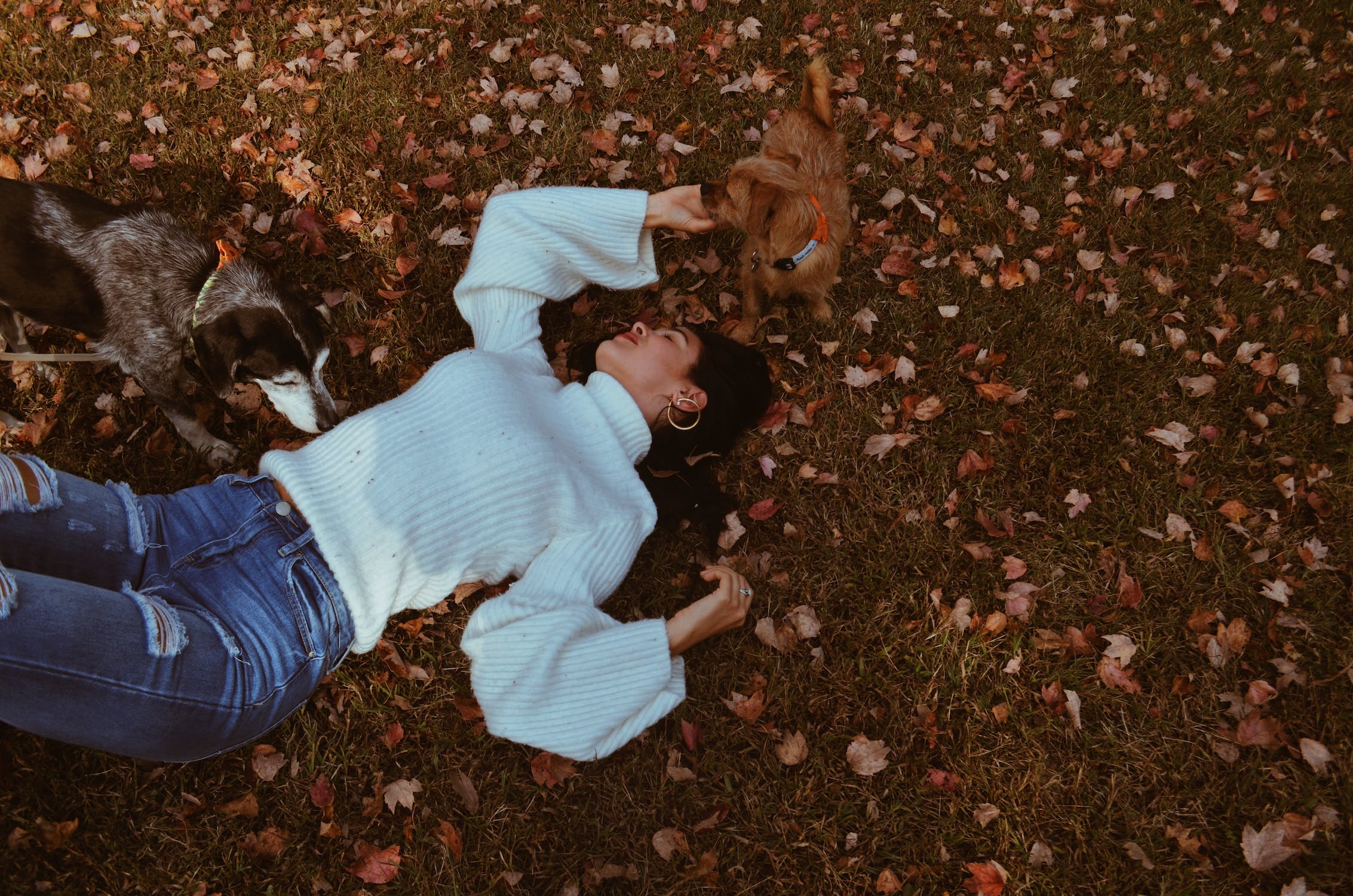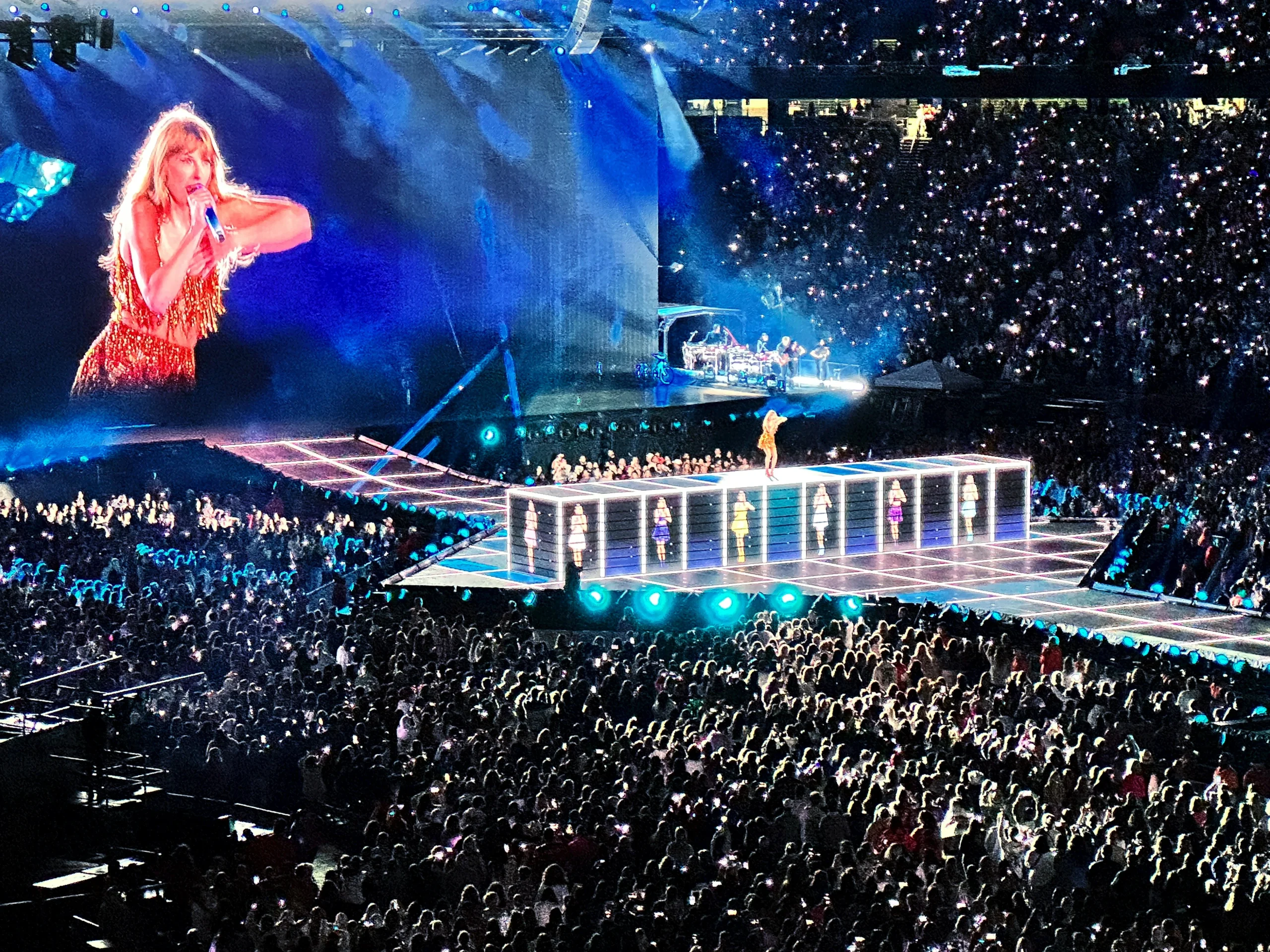New + updated
The 12 Best Snowboard Brands of 2024
March 4th
Struggling to find the perfect outfit every morning? The culprit might be a lack of color-coordinated outfits in your wardrobe.
Don’t worry, we’ve all been there. But fear not! In this blog, we’ll delve into the art of color-matching clothes, revealing the secrets to creating eye-catching and well-coordinated outfits.
Say goodbye to fashion faux pas and hello to stylish ensembles that will turn heads wherever you go. Let’s dive in!
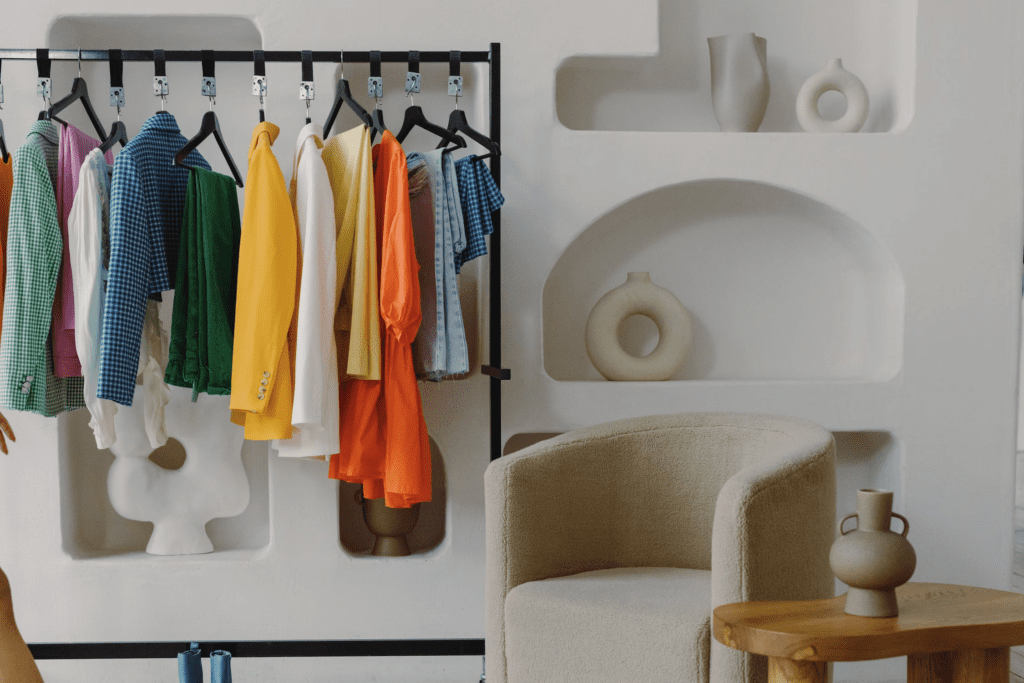
Related: The Perfect Baddie Outfits For Every Occasion
The Importance Of Color-Coordinated Outfits
Have you ever seen someone effortlessly strutting down the street, their outfit perfectly put together and visually pleasing? Chances are, they’ve mastered the art of color coordination in fashion.
It’s not just about looking good but also about creating a harmonious visual impact. Imagine wearing a vibrant red dress with clashing neon green shoes. Not quite the look you were going for, right?
For a lot of us, being “fashionable” may be near the bottom of our priority list. At the same time, however, it’s important to know how to dress to impress, whether it’s your family, a recruiter, or even just yourself.
Color coordination is like the secret ingredient that brings an outfit together, creating a polished and cohesive appearance. It’s the difference between a fashion hit and a miss.
Related: How To Wear Neon and Green Outfits With Confidence
Back to Basics
You know how color can totally change the vibe of a painting? Well, it’s the same in fashion! Colors evoke emotions and feelings.
For instance, purple gives off that regal vibe, while red screams passion. It’s pretty cool how colors can even affect how we feel when we wear them. Neutrals like brown and grey are all about reliability and practicality, while black is just authoritative and formal.
The right colors can make a world of difference in your outfit. They can be a total game-changer and set you apart from the crowd. But to really make colors work in your favor, it’s important to grasp the concepts of color harmony theory and color psychology.
One great tool to help you mix and match clothes is the trusty color wheel. Let’s dive into the color wheel and explore its multiple color theories.
Related: How To Style A White Shirt For Work
What’s the color wheel?
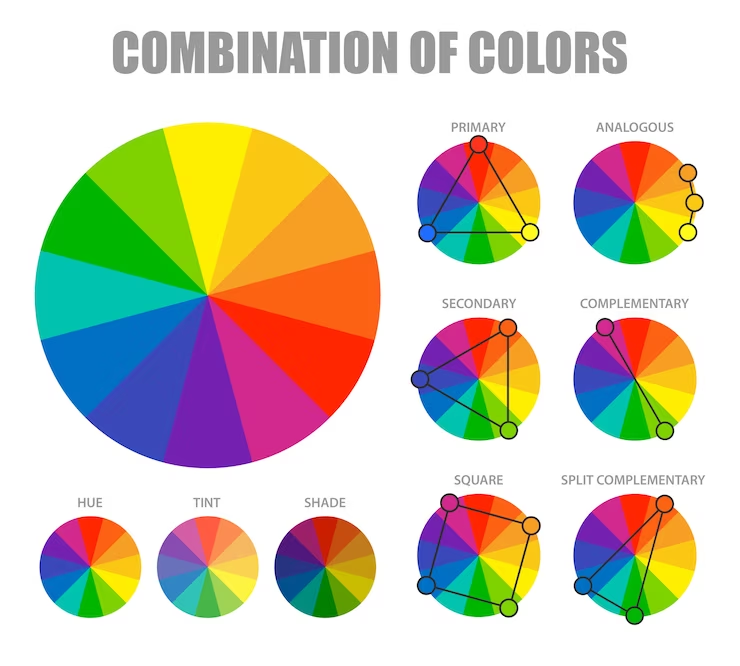


The color wheel, developed by Isaac Newton, serves as the foundation of all color theory. It’s a remarkable tool for understanding the intricacies of colors.
The color wheel consists of 12 fundamental colors known as ‘hues‘. When it comes to clothing, you often encounter more subdued variations of these hues. They can be lightened by adding white, creating a ‘tint‘, or darkened by adding black, resulting in a ‘shade‘.
But here’s the fascinating part: the color wheel’s application extends far beyond fashion. It applies universally to any domain that deals with colors.
The three color categories
- Primary colors (red, blue, and yellow)
- Secondary colors (purple, green, and orange)
- Tertiary colors (a blend of a primary color with an adjacent secondary color)
Related: 8 Ways To Find The Hottest New Products Before Everyone Else
The color schemes
When it comes to color schemes, there are three primary categories.
1. Complementary
This scheme involves using colors that are directly opposite each other on the color wheel.
For example, pink/red and green, blue and orange, or yellow and purple.
Complementary colors create a vibrant contrast and tend to make each other stand out.
They can be used to create bold and eye-catching combinations in outfits.
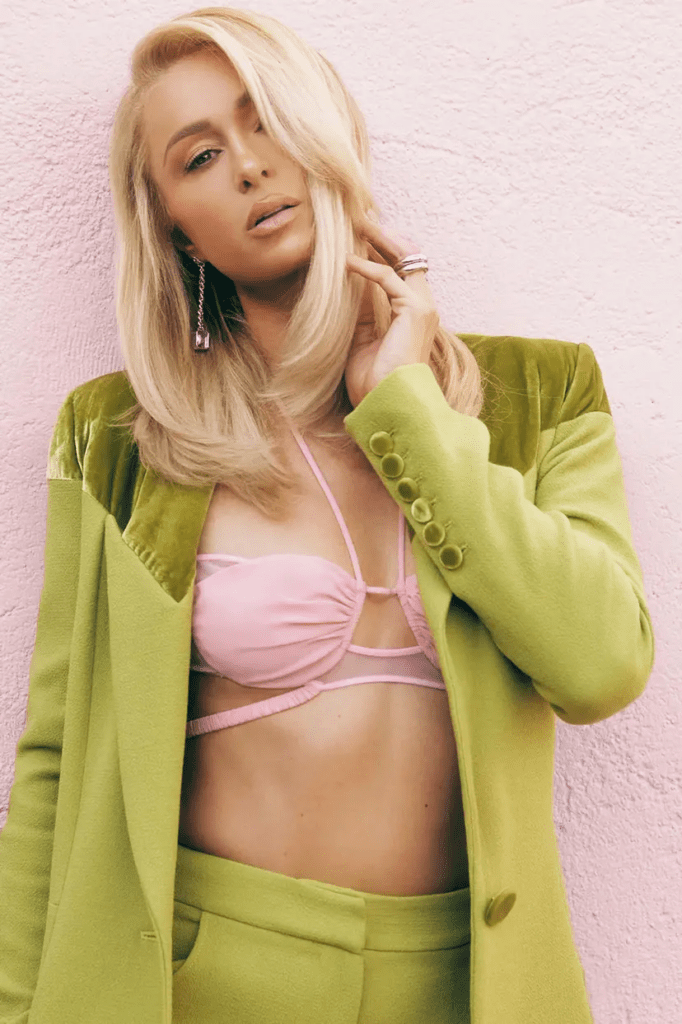


2. Analogous
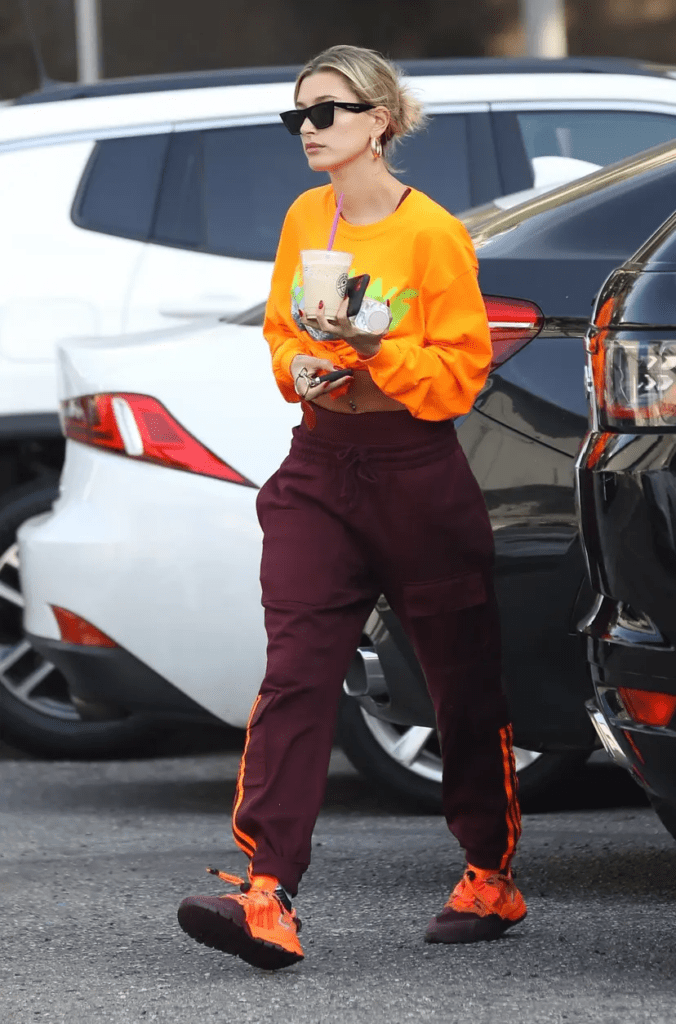


This scheme involves using colors that are adjacent to each other on the color wheel.
For instance, combining shades of blue and green or yellow and orange.
Analogous colors create a harmonious and cohesive look as they share similar undertones.
This scheme is often used to create a more subtle and soothing color palette in outfits.
3. Monochromatic
Contrary to popular belief, the term ‘monochromatic’ doesn’t just mean exclusively using black and white.
The monochromatic color scheme uses tints and shades of one single hue to create a cohesive outfit.
Now, you may say that sounds boring, but the possibilities are endless! In fact, this is one of the most popular color schemes for stylists to use.



Related: Kate Moss 90s Style Guide
Tips to Create Color Harmony in Your Outfits
Creating color-coordinated outfits is a surefire way to elevate your style. Here are some tips to help you achieve that harmonious look:
- Start with the color wheel: Refer to the color wheel to identify complementary or analogous color combinations. These harmonious pairings will naturally create a sense of balance and cohesion in your outfit.
- Stick to a limited color palette: Choose a few main colors and work within that palette. Too many colors can create a visually overwhelming effect. Opt for two or three colors that complement each other well.
- Use neutrals as a foundation: Neutrals like black, white, gray, and beige act as anchors and help balance out brighter or bolder colors. They provide a solid foundation for incorporating other colors into your outfit.
- Experiment with textures and patterns: Mix and match different textures and patterns in harmonious colors. This adds depth and dimension to your outfit while maintaining a cohesive color scheme.
- Pay attention to accessories: Don’t forget that accessories, such as shoes, bags, and jewelry, can also contribute to color harmony. Coordinate them with your outfit to tie everything together.
Related: Fall Shoe Trends You’ll Be Seeing Everywhere
Let Carrot Be Your Inspo!
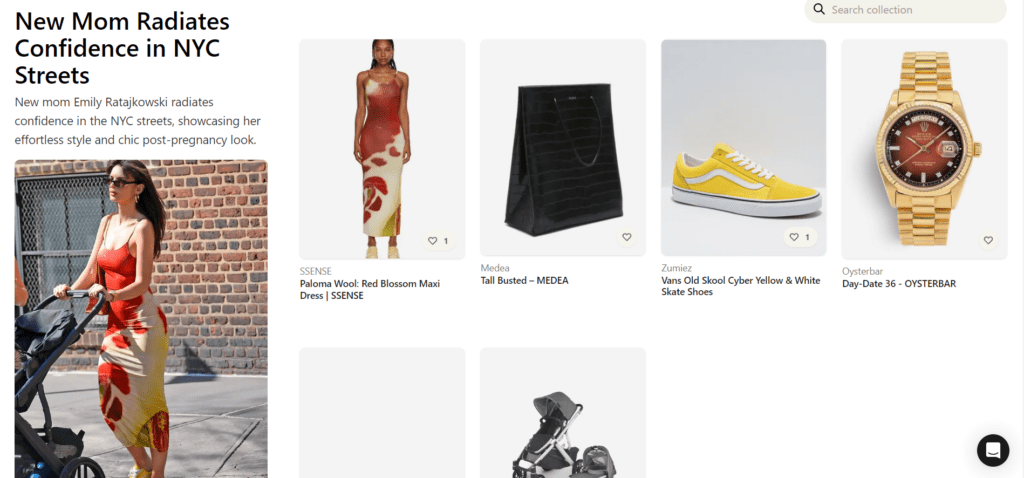


If you love fashion, you’ll ADORE Carrot!
Whether you’re a fashion trendsetter, influencer, or simply someone who loves style, Carrot is your perfect companion for building a fashion community and discovering inspiration for creating beautifully color-coordinated outfits.
With features like wishlists, lookbooks, and notifications for price drops, Carrot offers a fantastic platform to explore and share your favorite looks with others.
And the best part? It’s completely free to use! Shop to your heart’s content and organize your finds effortlessly. Collections are customizable, shareable, and even collaborative.

